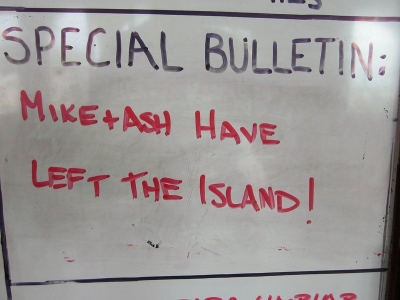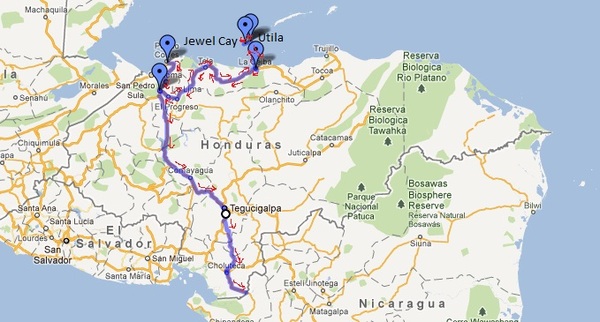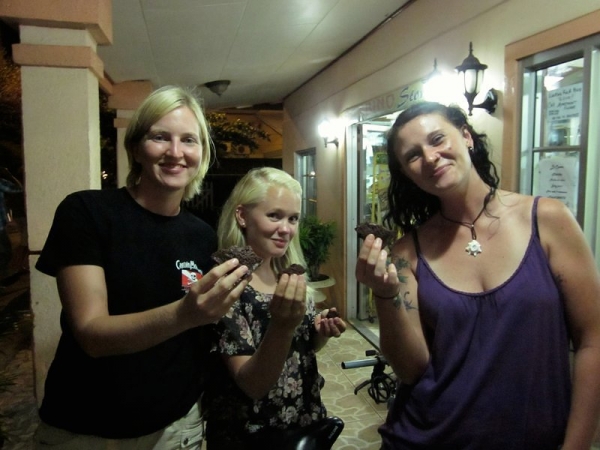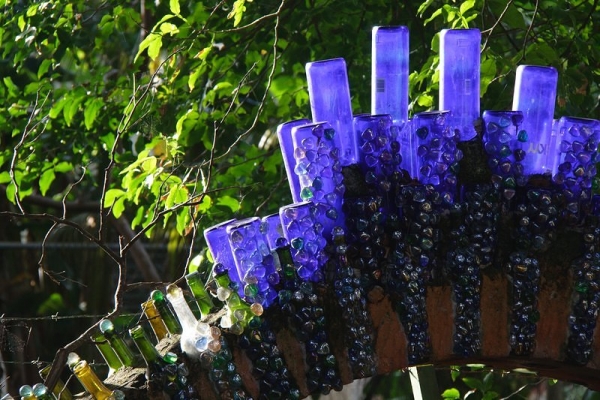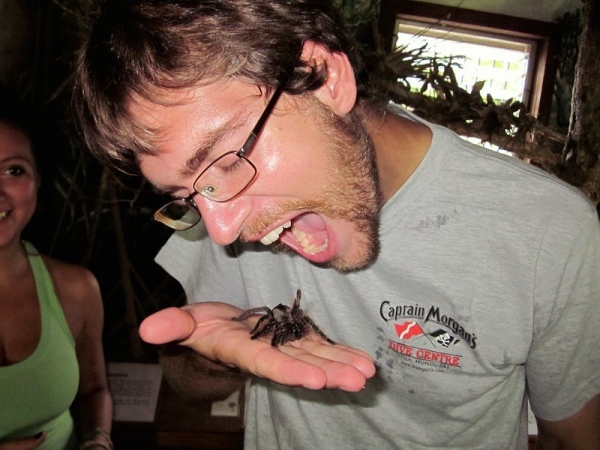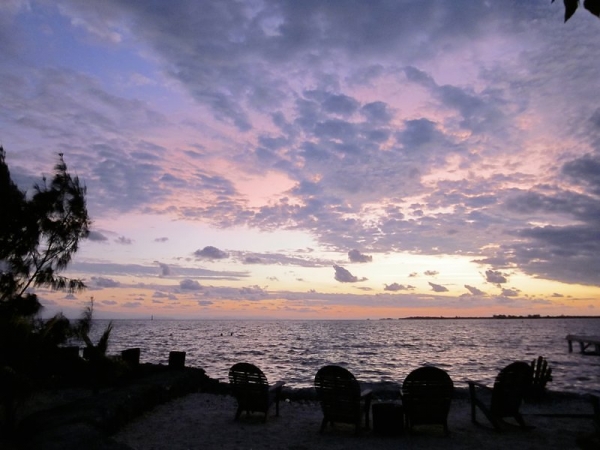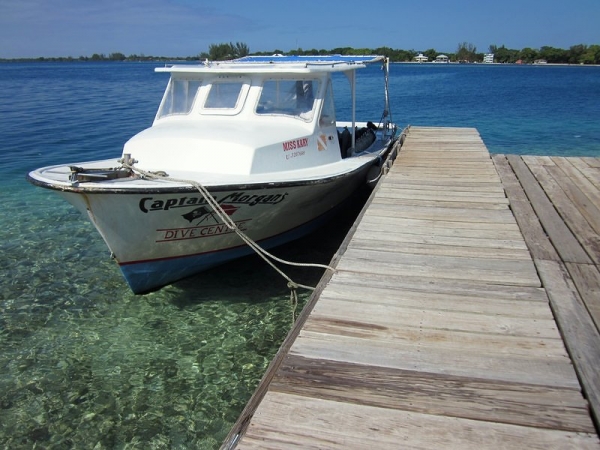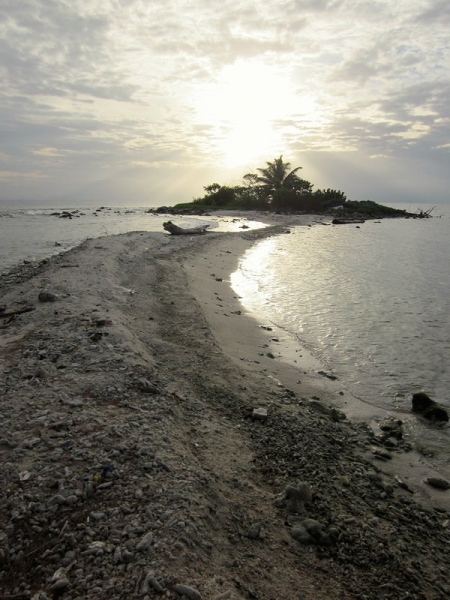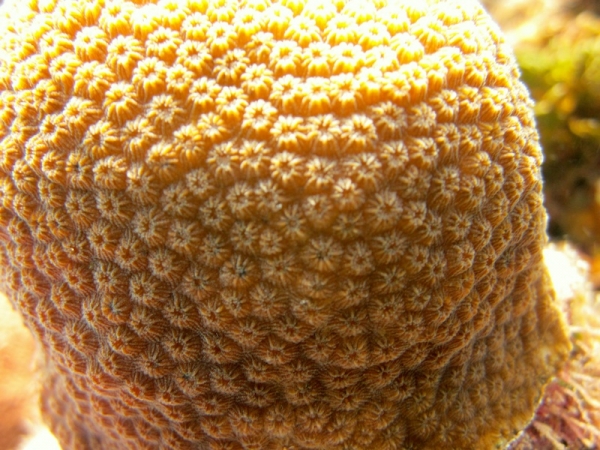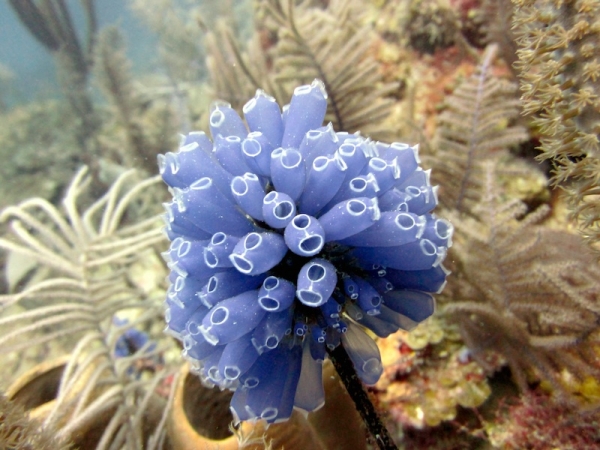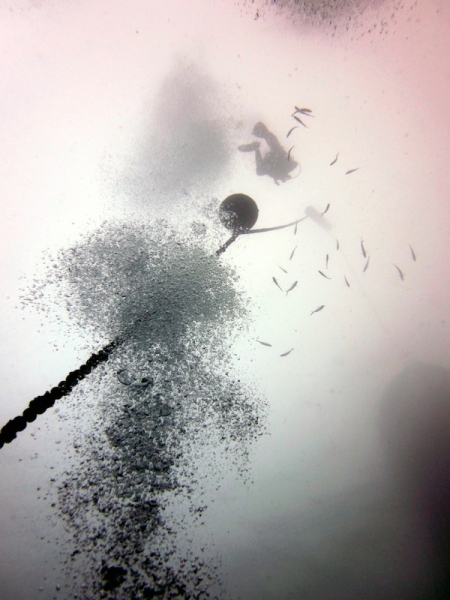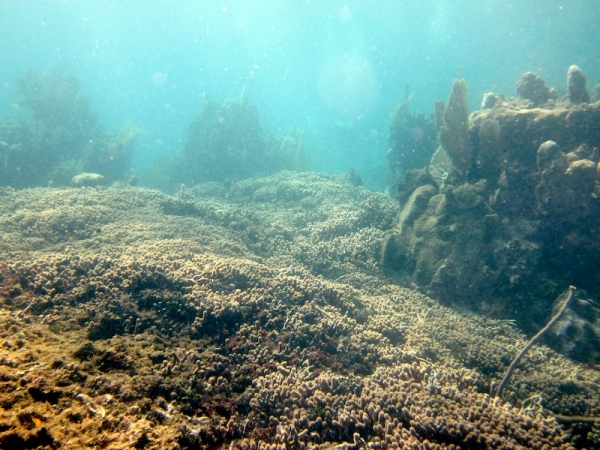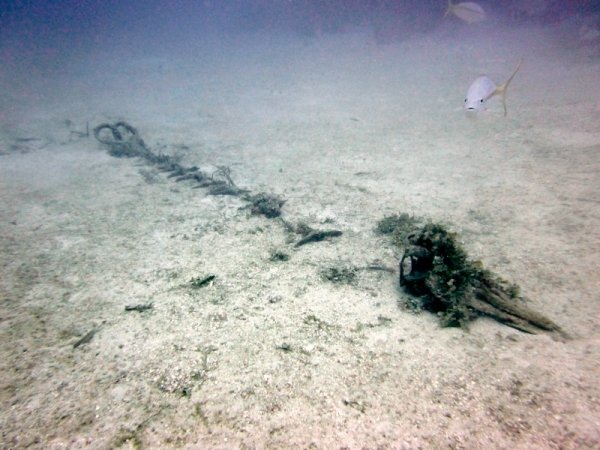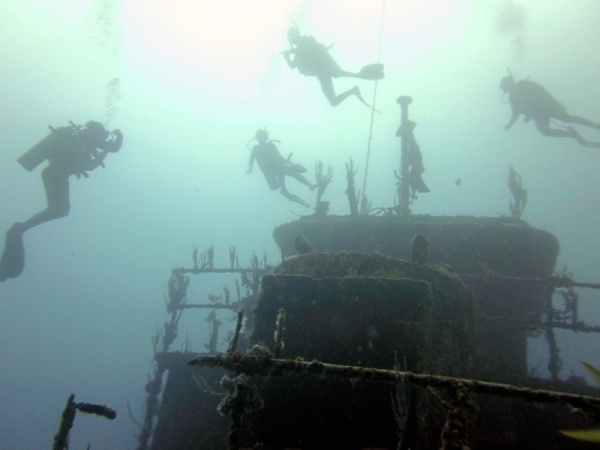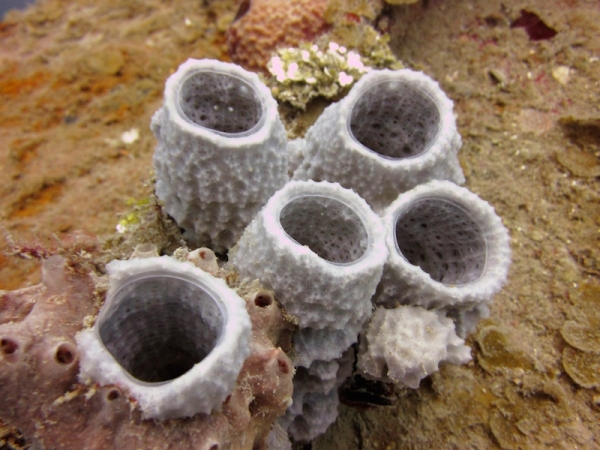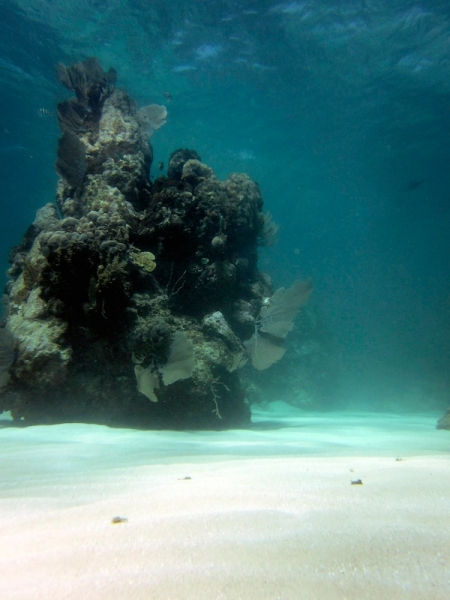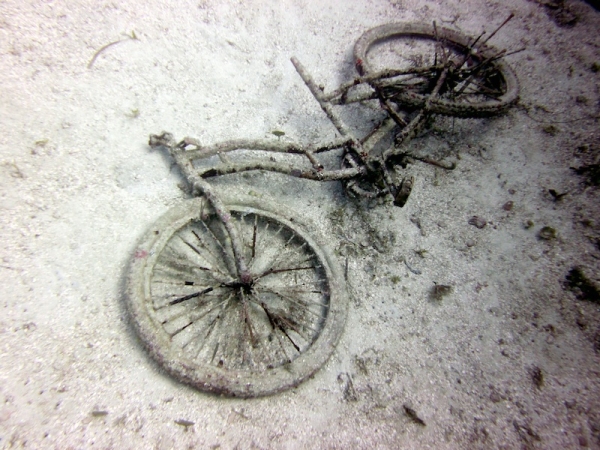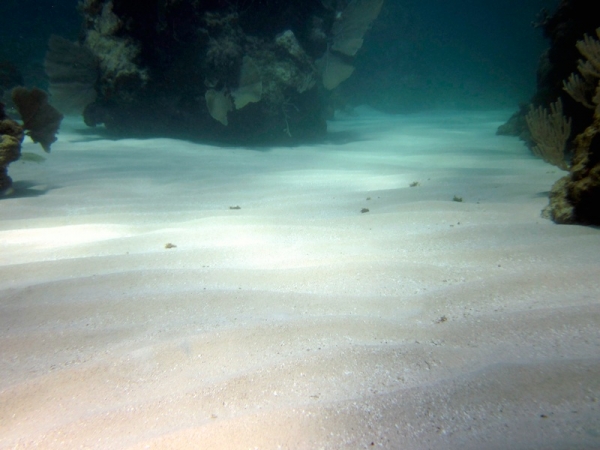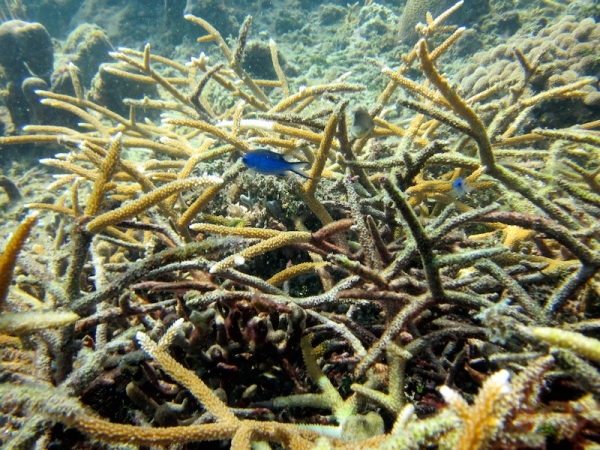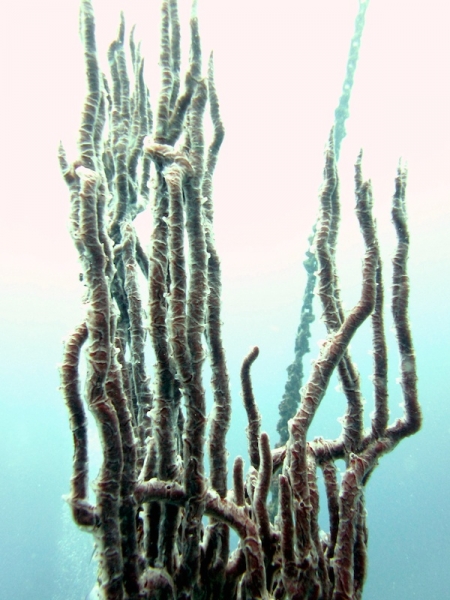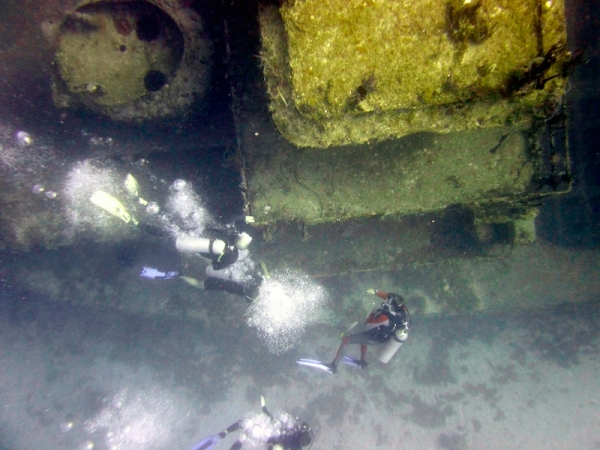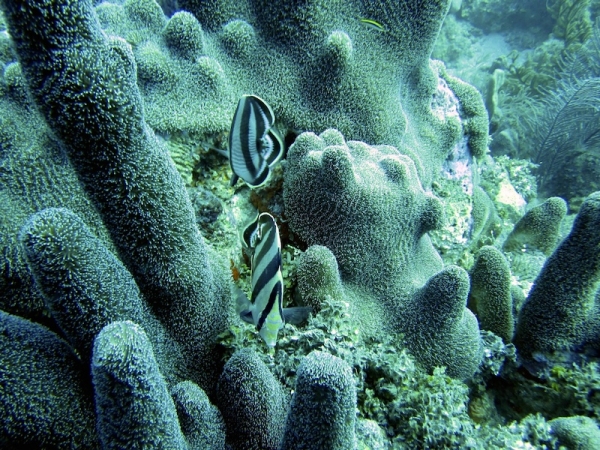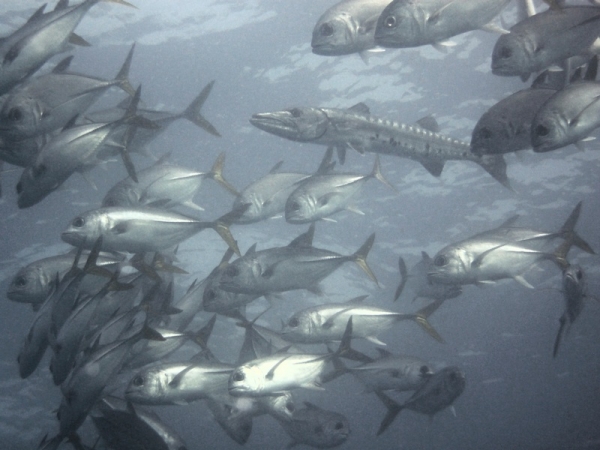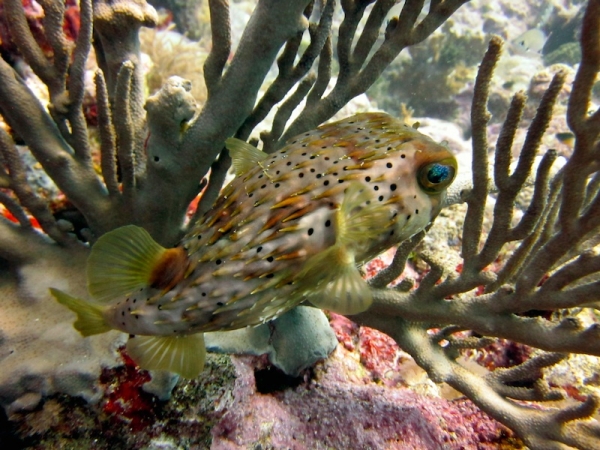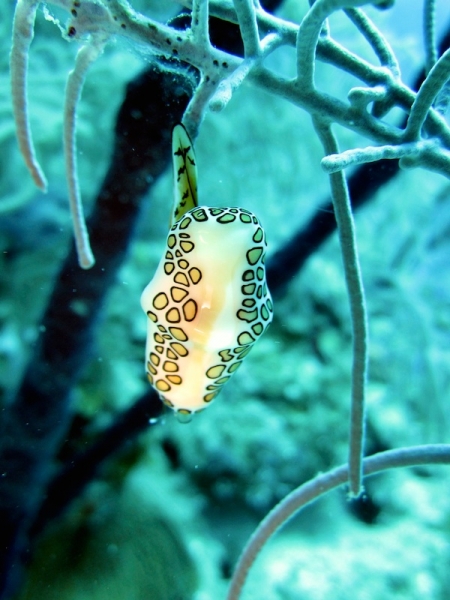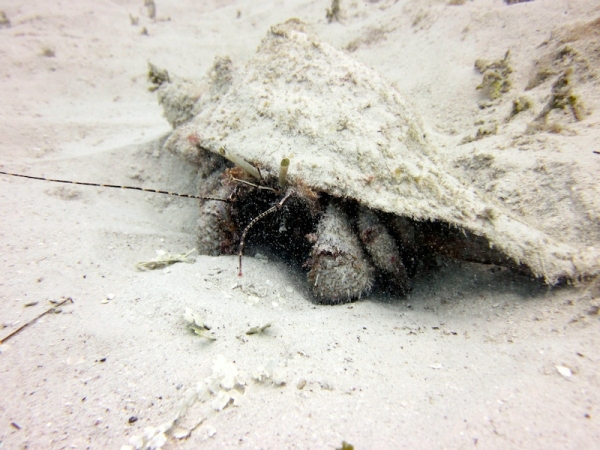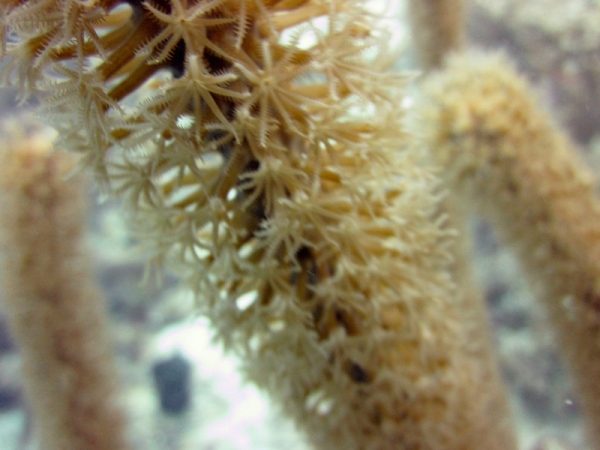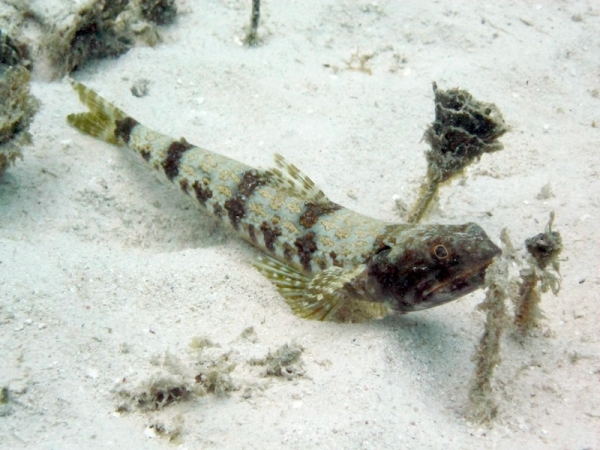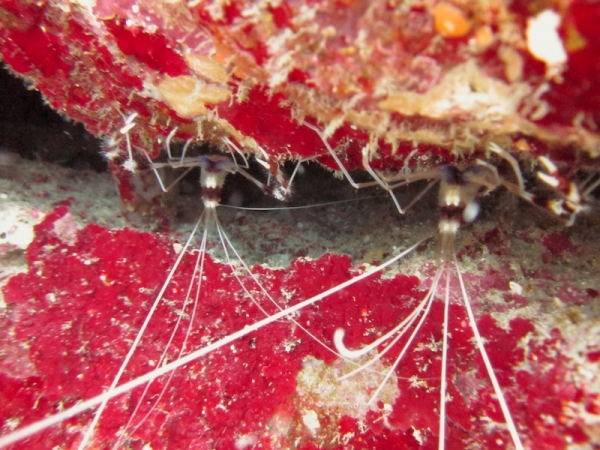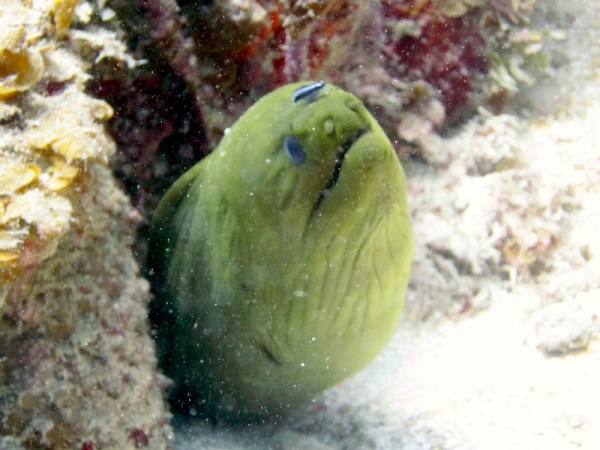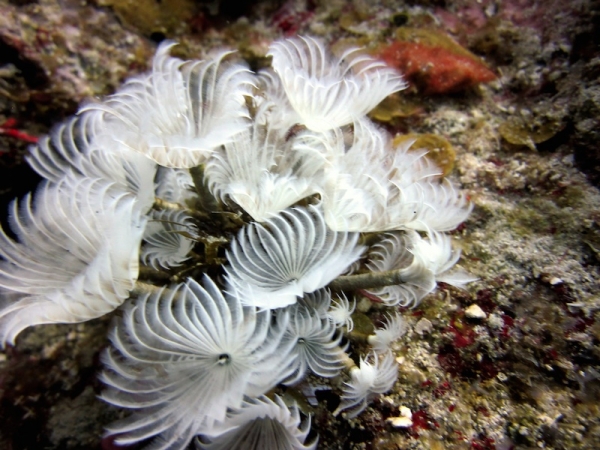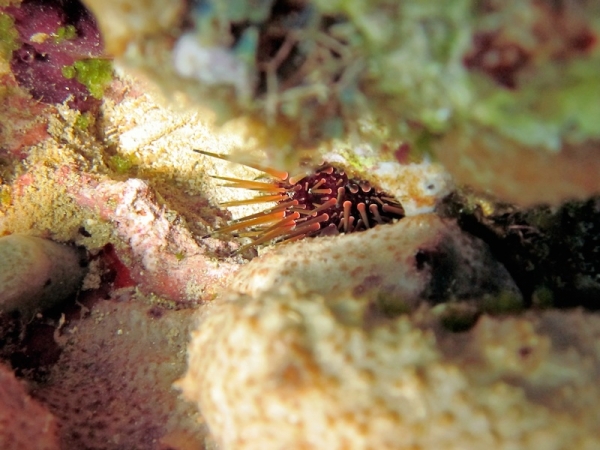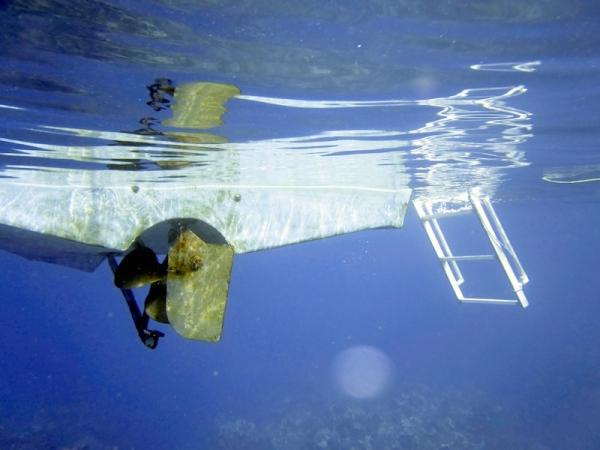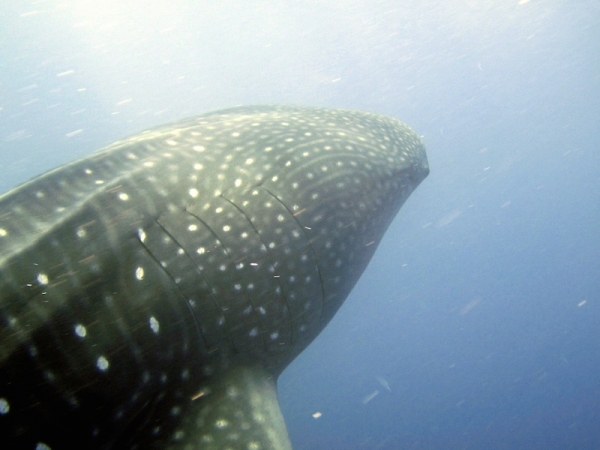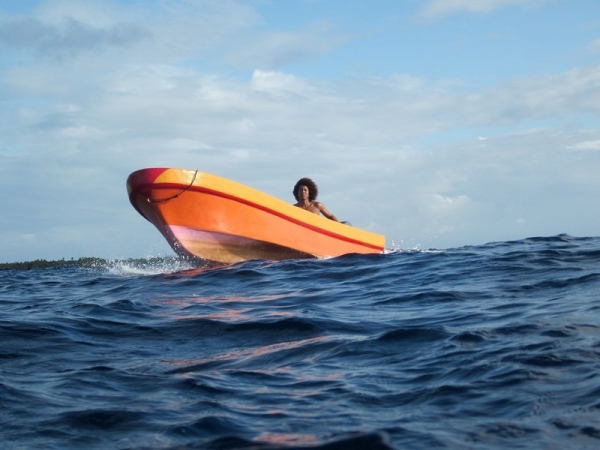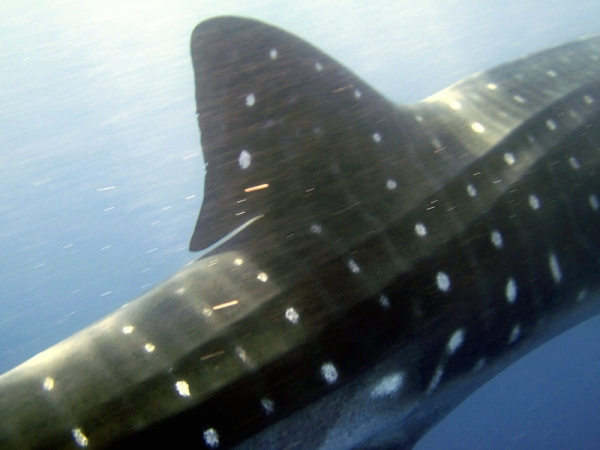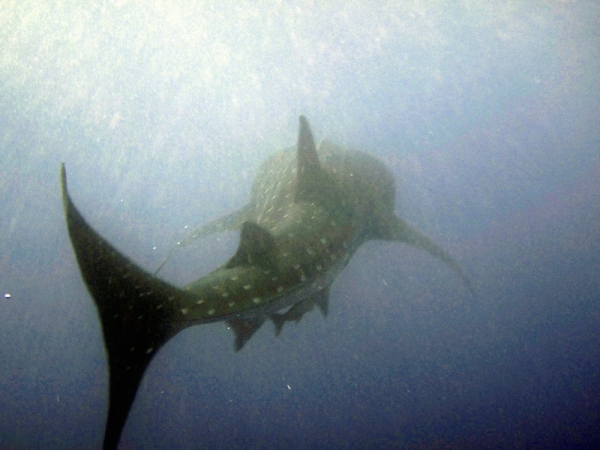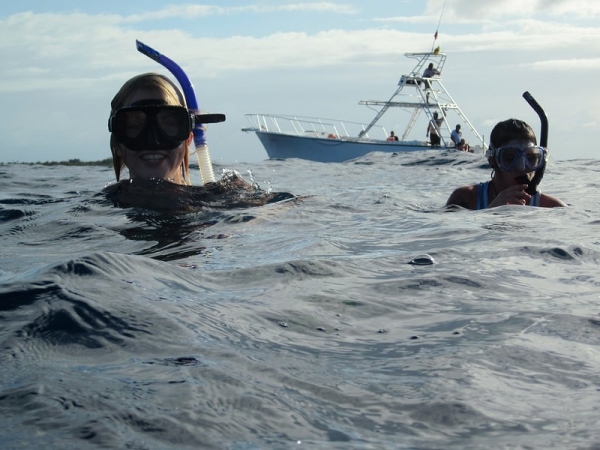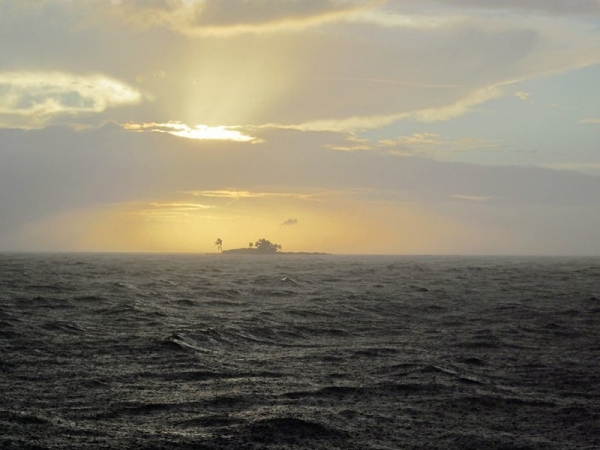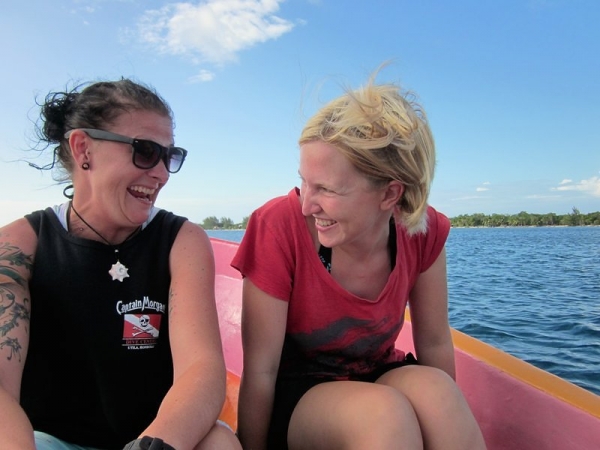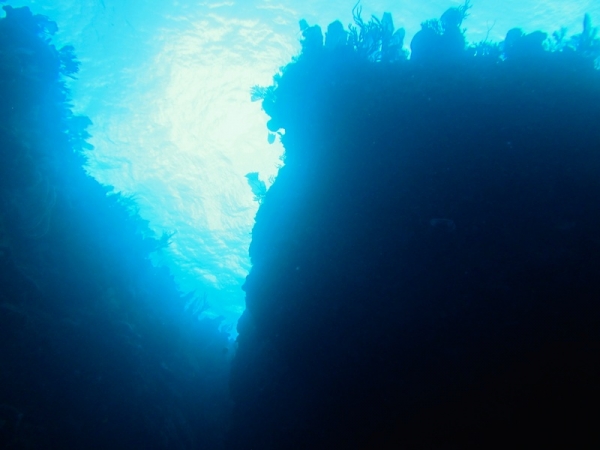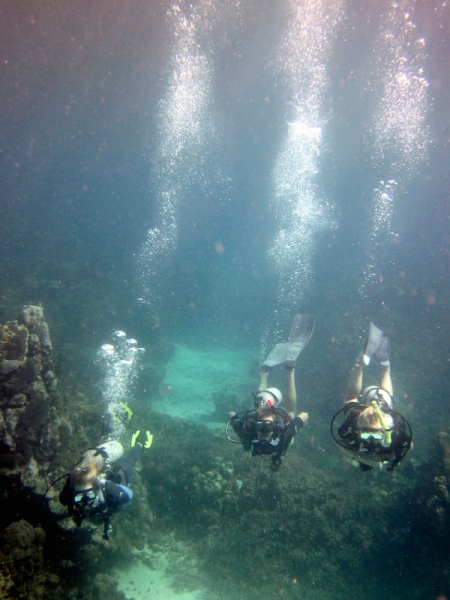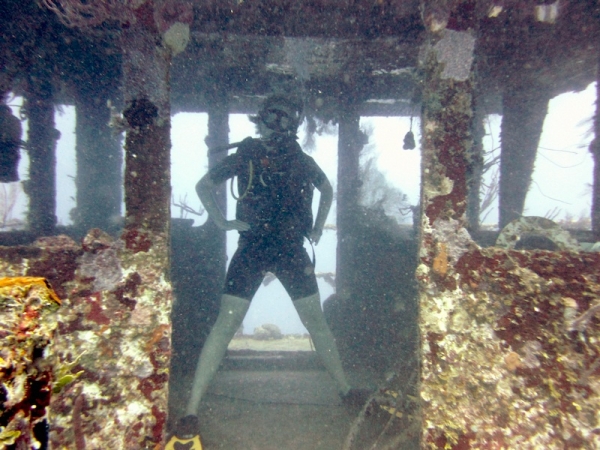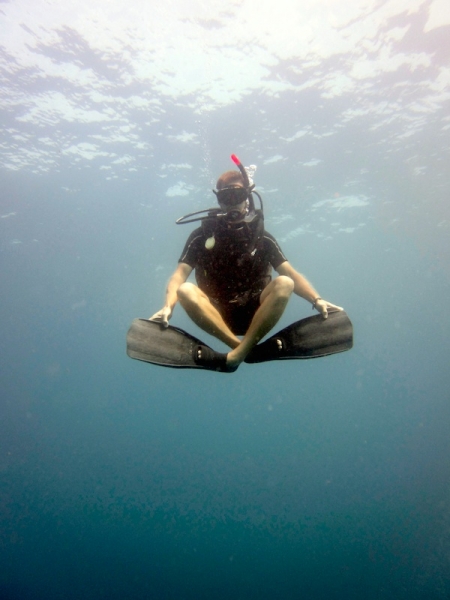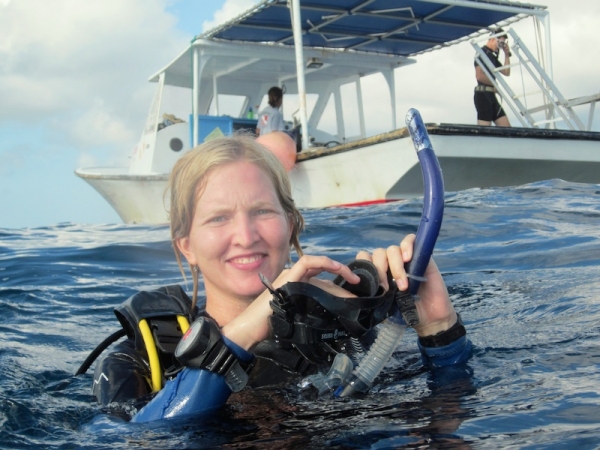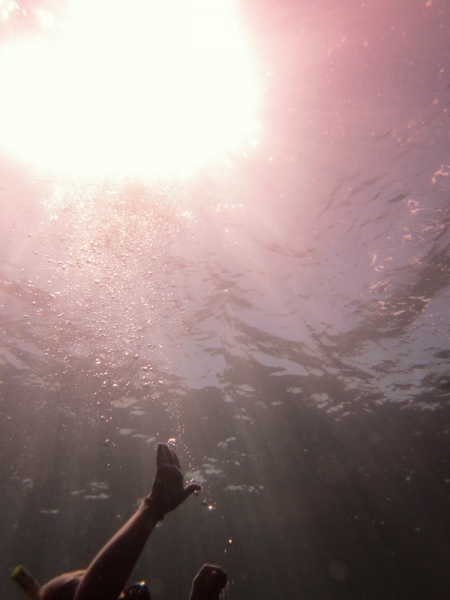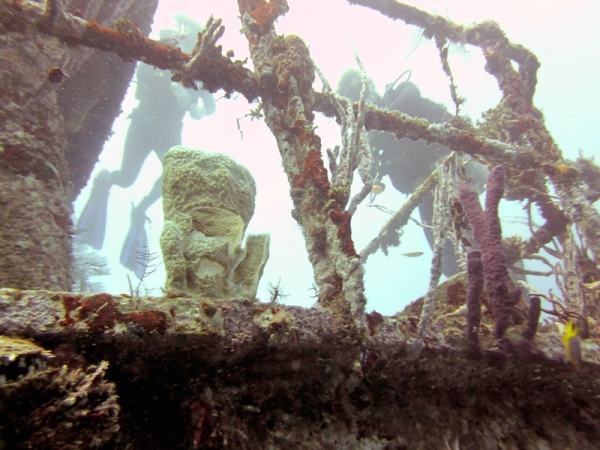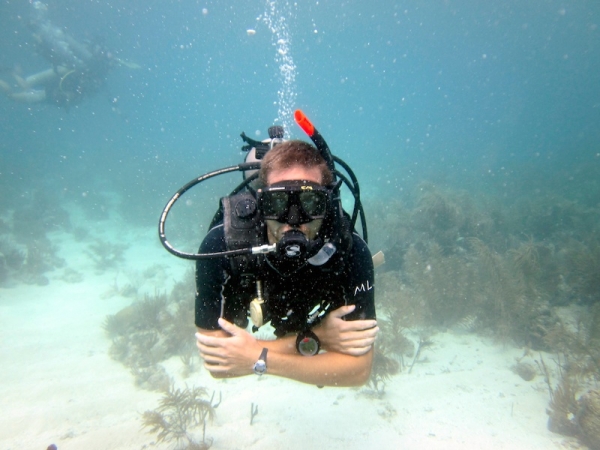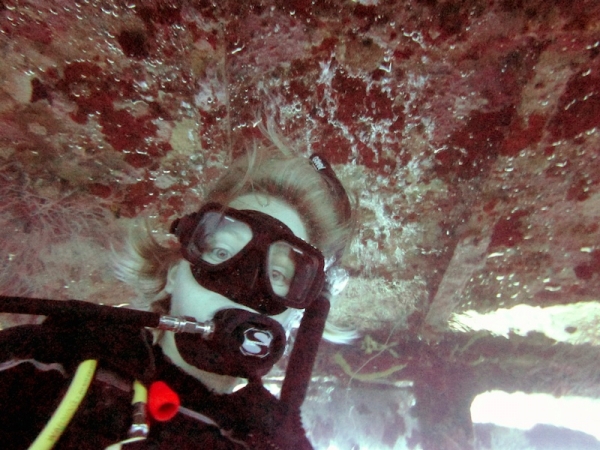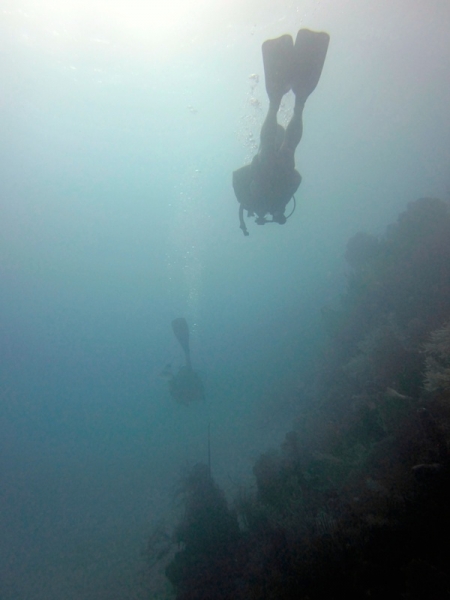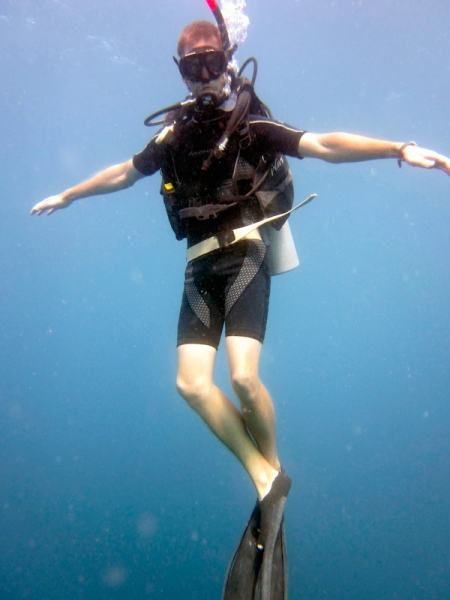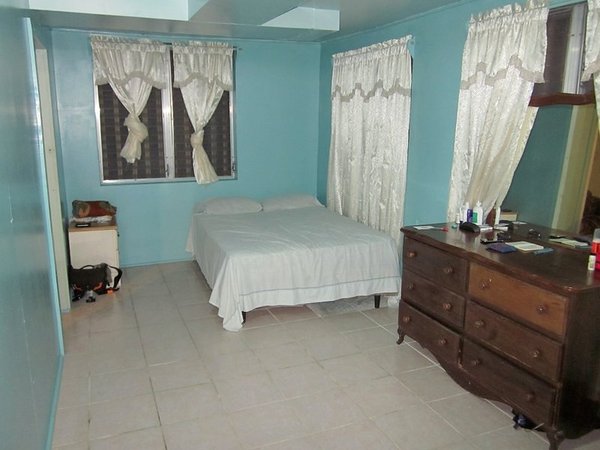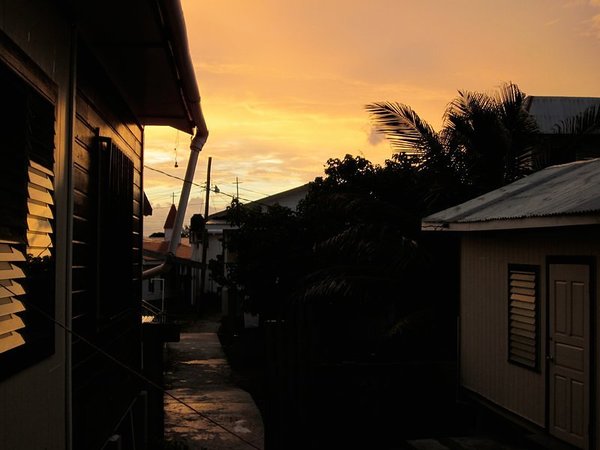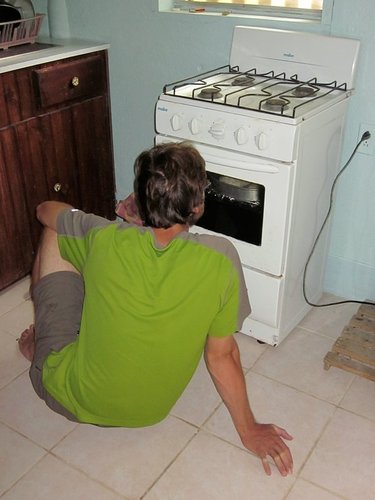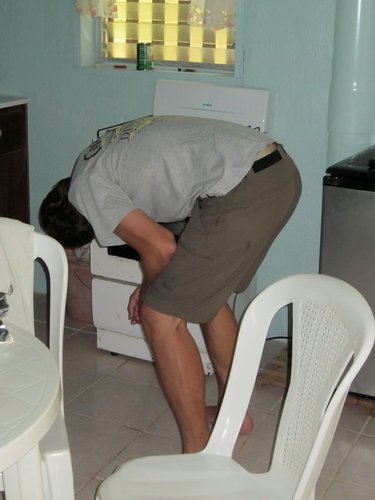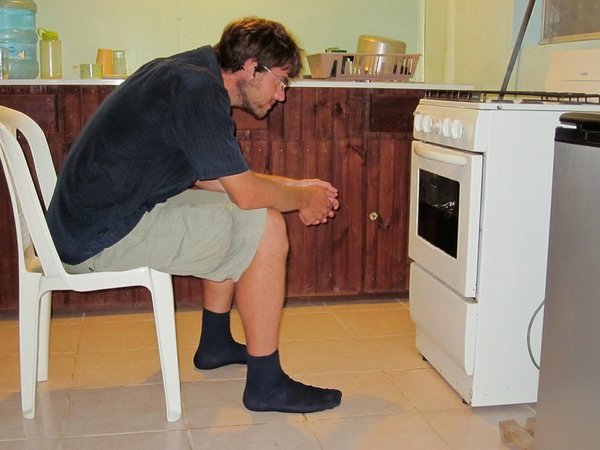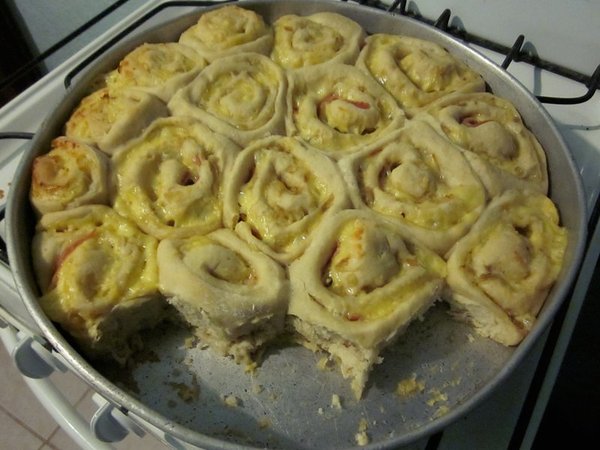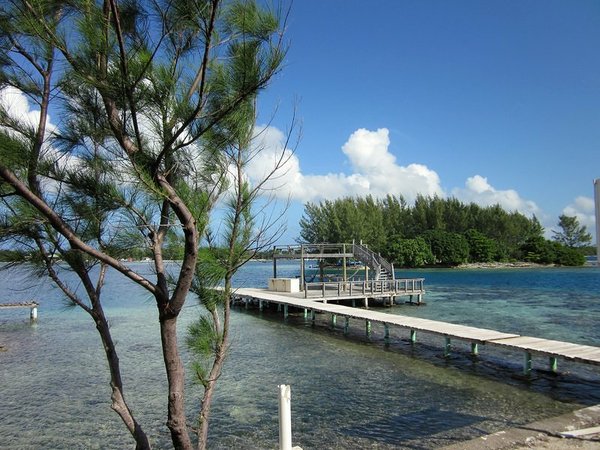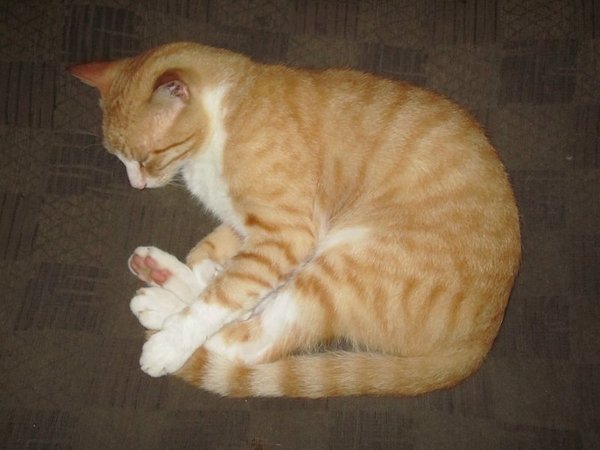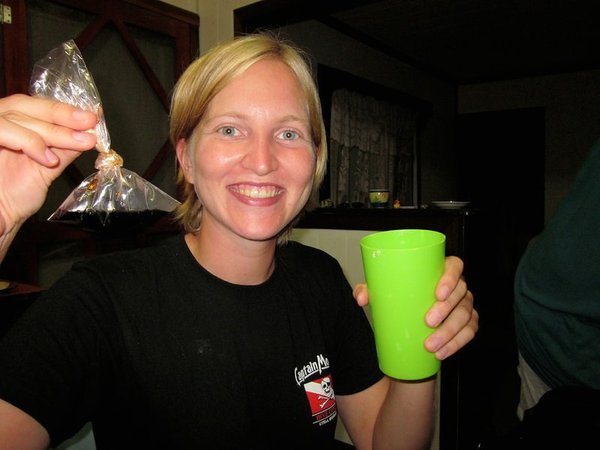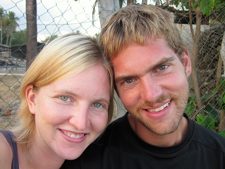Summing up our time in Honduras is fairly easy… we spent three and a half months in Utila, Honduras (and the neighbouring Jewel Cay). The only other cities we visited (La Ceiba and San Pedro Sula) were required stays to get in and out of Utila.
Honduras Statistics:
Length of Stay: 107 days
Average Cost per Day for Two People including ALL of our scuba diving courses: $52.97 CAD
Average Cost per Day for Two People NOT including scuba diving: $25.28 CAD
Cities/Towns Visited: 5
Distance Traveled: 997 km in 3 automobiles and 18 boats
Days Sick: 4 for Ashley, 0 for Mike
Number of Items Lost: 0
Biggest Tourist Traps: none
Exchange Rate: $1 CAD = 19 lempiras
For more great travel statistics, check out our stats page!
Good bye Jewel Cay!
Our Route:
Puerto Cortes – La Ceiba – Utila/Jewel Cay/Little Cay – La Ceiba – San Pedro Sula – Nicaraguan border (through Tegucigulpa)
Highlights:
- DIVING!!! We came for a week and stayed for three and a half months, need I say more?
- The people. Staying in one place for three and a half months really allowed us to get to know some fabulous people that we now miss dearly.
- Swimming with Whale Sharks
- The abundance of cheap and delicious baked goods on Jewel and Pigeon Cays.
- Having a place to call home (with an oven!!!)
Great friends and good baking!
Lowlights:
- Getting fat from the abundance of cheap baked goods.
- The principle language on Utila is English. Which, incidentally, is not the best way to cement in your mind the six weeks of Spanish lessons you just took.
- Living on the tiny island of Jewel Cay meant that our muscles forgot how to walk.
- The safety factor. Honduras is the most dangerous country in Central America and San Pedro Sula is the violence capital of the world. We didn’t experience much of this since we were on the tiny island of Utila, rather than mainland Honduras. We did, however, feel that our personal safety was threatened for the first time in over seven months of travel on a bus from La Ceiba to San Pedro Sula. There was a very drunk (likely more than drunk) man sitting across the aisle from us who told us, through a combination of Spanish and English, that a lot of people die all the time in Honduras. Luckily for us, he said, we were gringos and he likes gringos so he wouldn’t kill us. In fact, we were his brother and sister, so we should blow off our prearranged transport to our hostel and go home with him. He refused to take no for an answer, and just kept yelling louder and louder. After about an hour and a half of this, and several complaints to the driver from other passengers, security settled him down at one of the bus stops. Happily, they forced him off the bus on the outskirts of San Pedro Sula, before the terminal we would exit at.
A wonderland created with glass at Treetanic Bar in Utila, Honduras
Surprises:
- I think we always expected that we’d like diving, but we had no idea how quickly we fall completely in love with it.
- Even though we loved what we had to do each day, we were surprised by how difficult it was to wake to an alarm each morning. It didn’t seem to matter that it was diving, or that the alarm was going off the same time we had been waking up for most of the trip… having to get up at a set time is exhausting.
- All the expensive toys we bought ourselves for Christmas… after being hard-core budgeters for so long, we spent a small fortune on a second laptop (turns out we don’t share well), a dive computer, and an underwater camera enclosure.
I got to experience a tarantula in my mouth in Tikal, so Mike wanted to one-up me in Utila
Lessons Learned:
- You can make anywhere home.
- The quiet, laid-back vibe is the right vibe for us.
Honduras Journal – Where Did We Spend Our Time?
La Ceiba – 2 nights
What we did here: Nada. We waited for the ferry to Utila to start running again (bad weather kept it from going). It was pouring rain so we mostly just hung out in our hostel.
Utila – 16 nights
What we did here: We researched dive shops, and killed some time until Talon (from 1 Dad, 1 Kid) was free to teach us our first courses. We hiked to a crashed drug plane. And we also crashed at a few friend’s houses here (thanks Lisa, Shell, and Talon!).
Jewel Cay – 86 nights
What we did here: Dive, dive, and dive. We also managed the dive shop’s hotel in conjunction with another DMT for about a month and half. And don’t forget swimming with whale sharks!!!
Little Cay – 1 night
What we did here: What better way to say goodbye and celebrate our completion of the divemaster program than to rent a private island with our best buds? (Complete with a shore dive, of course)
San Pedro Sula – 2 nights
What we did here: Waited for a spot to open up on the Tica bus to Nicaragua. Met Carlo & Geneva from the TravelBudgetCouple at our hostel and joined them for some Hondurian Chinese food and reverse culture shock at the city mall.
We miss you Miss Kary!
Sunset on Little Cay
If you want to check out some of our Honduras photos, check out our photo gallery.
